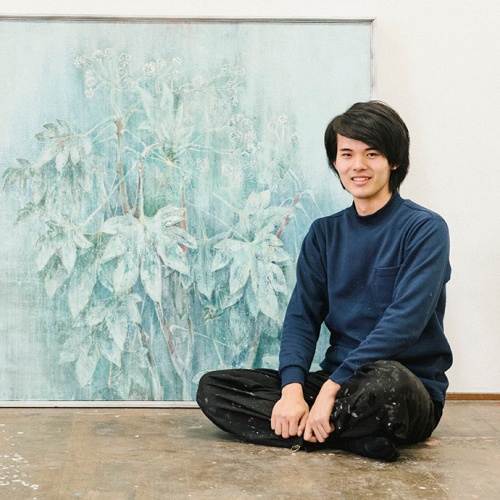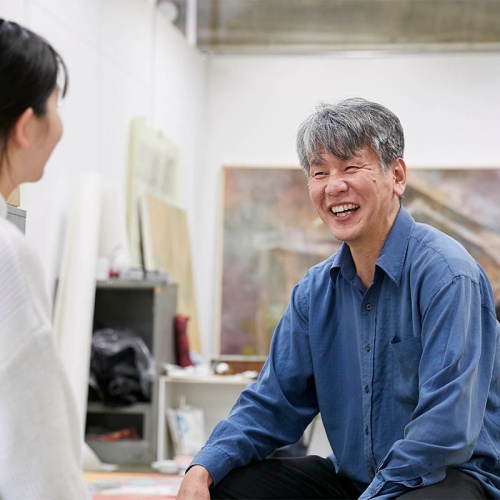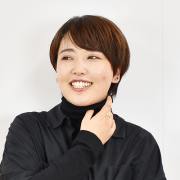
ISHIHARA Yo
- Specialization
- Painting
[Studio Art / Year 2]
Respect for life and an attitude of learning from nature are fundamental to Japanese painting.In order to hone these sensitivities, we provide students with opportunities to grow plants and flowers from seeds and to raise quail from their eggs.Students will also learn about Japanese painting materials such as nikawa, an animal glue mainly used as an adhesive for pigment, and gofun chalk made from seashells.
[Advanced Studio Art / Year 3]
Students paint landscapes to master techniques in Japanese painting, such as shading and perspective.Students are also encouraged to think about what they are drawing and why to equip them with the ability to create their own unique works of art.Moreover, we also provide opportunities to develop compositional skills through collage.
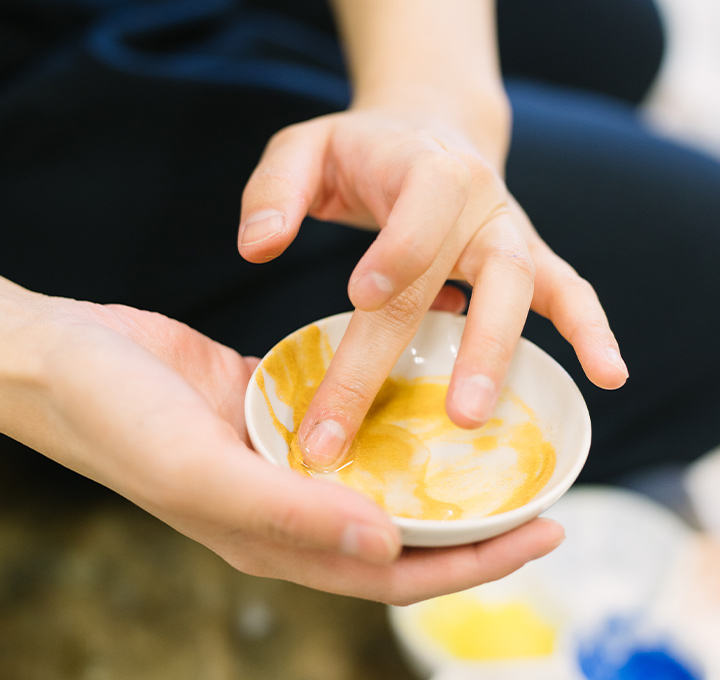
Students take common subjects at the Faculty of Art to improve their observational skills, critical thinking, imagination, and other skills needed to build a firm artistic and creative foundation.They also learn the basics across all seven courses and explore different fields they may want to pursue.
Students sketch plants to master the use of traditional materials and learn the steps in the production process, namely sketching, tracing, and drafting, before transferring their images to the final painting.Students also do live sketches of animals and copies of other Japanese-style paintings.
Students develop their observational and drawing skills by spending time with plants and animals and drawing them repeatedly.In addition to drawing living things and the movement of people and animals, students will examine and scrutinize the intention behind their work to settle on a theme of their own.
Students engage in their graduation work, making full use of the skills and expressive vocabulary they have developed over the past four years of study.They complete the last work of their student careers in the pursuit of unique expression and originality.
The school building that houses the Course in Japanese Painting is often used as a movie set.
PICK UP!
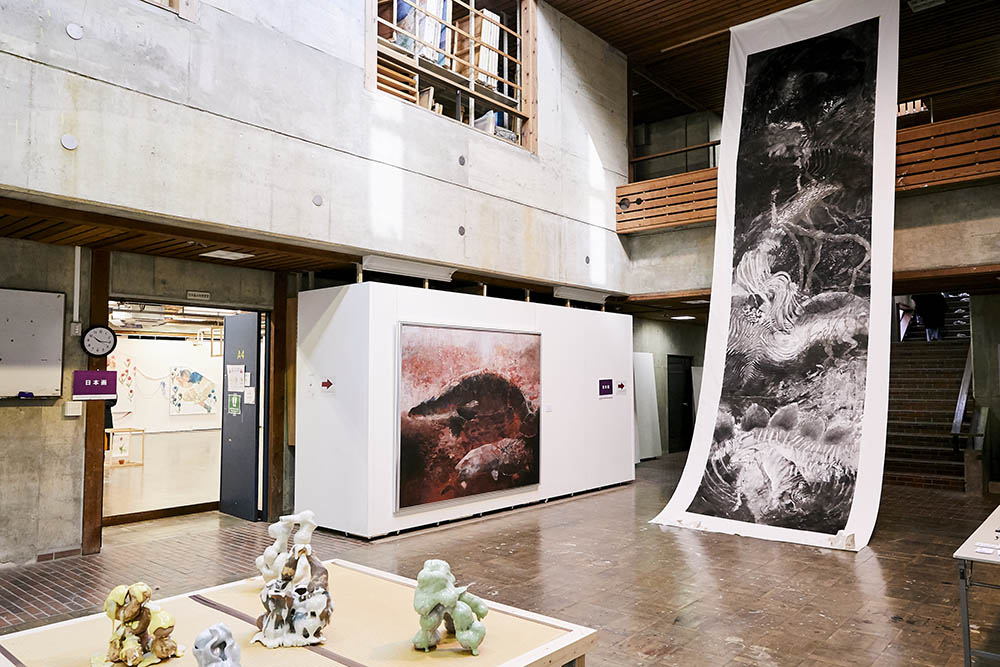
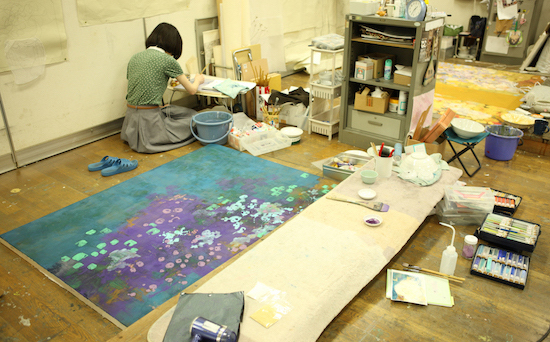
The lab is spacious enough to have both large sketches and the final painting next to each other.
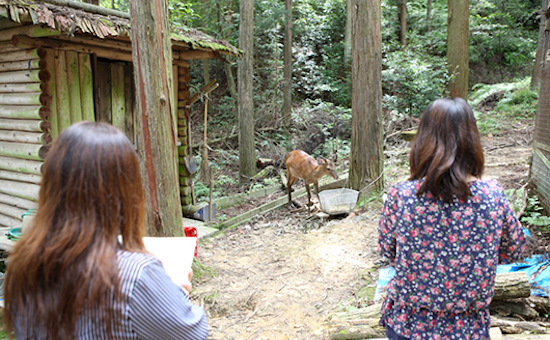
The Japanese Deer Park, where deer are bred for sketching.
